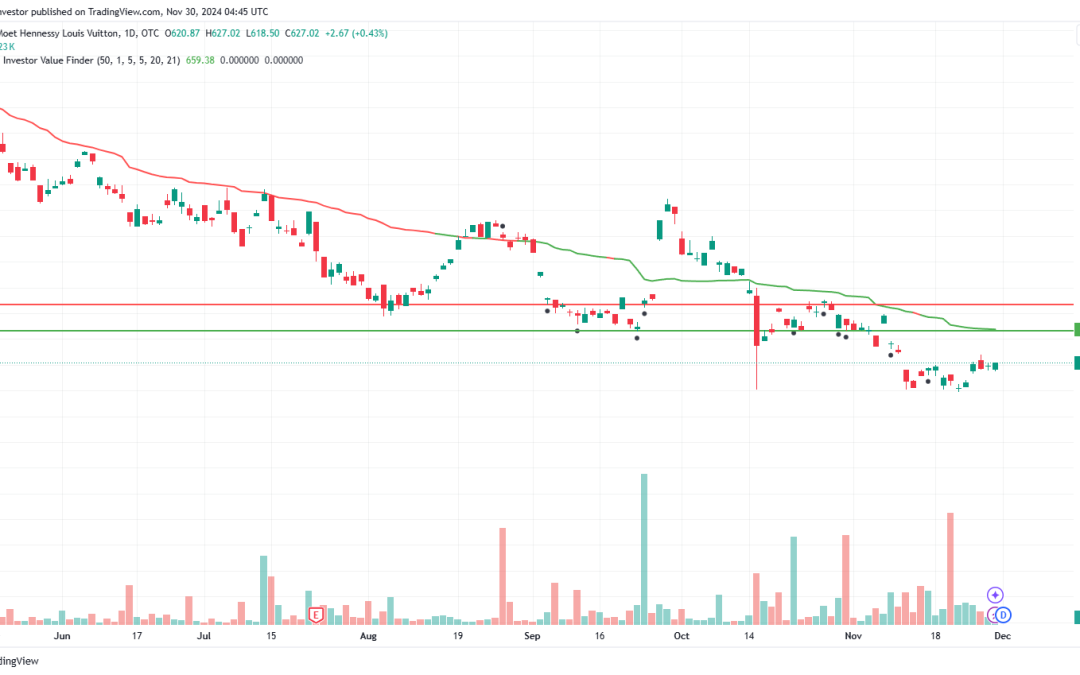Ford Motor Company, founded in 1903 by Henry Ford, is a global leader in the automotive industry. The company designs, manufactures, and sells a wide range of vehicles, including cars, trucks, and SUVs. Ford has a significant presence worldwide, employing approximately 173,000 people globally[2].
Business Model and Revenue Streams
Ford’s business model is primarily based on:
- Automotive segment: Vehicle sales and services[1]
- Financial Services: Loans, leases, and insurance[1]
- Mobility solutions: Ride-sharing and autonomous vehicles[1]
The company’s revenue streams are diverse, with the majority coming from its Ford Blue (traditional combustion engine vehicles) and Ford Pro (commercial vehicles) segments[2].
Competitive Advantage
Ford’s competitive advantage stems from:
- Strong brand equity and a diverse product portfolio[1]
- Robust global supply chain[1]
- History of innovation, including the introduction of assembly line manufacturing[1]
- Significant investments in electric vehicles and advanced technologies[1]

Pros
- Established Brand: Ford has a strong, recognizable brand with over a century of history[1][3].
- Large-Cap Stock: As a large-cap stock, Ford offers stability, demonstrated leadership, and lower liquidity risk[3].
- Affordable Stock: Ford’s stock is relatively affordable compared to other automakers, making it accessible to a wider range of investors[3].
- Value Stock: Ford is considered a strong value stock, ideal for value investing[3].
- Growth Potential: The company has notable growth potential, especially in electric vehicles and emerging markets[1][3].
- Stable Financials: Ford has demonstrated consistent financial performance over the past decade[3].

Cons
- Traditional Automaking Business: Ford’s primary focus on traditional combustion engine vehicles may limit growth potential as the industry shifts towards electric vehicles[3].
- Market Dependence: The company’s sales and revenues are heavily dependent on the North American market[3].
- Substantial Debt: Ford carries significant debt and liabilities due to the capital-intensive nature of the automotive industry[3].
- Intense Competition: Ford faces tough competition from established automakers and new entrants in the electric vehicle market[2][3].
- Transition Challenges: The company is navigating a complex transition to electric vehicles, which involves significant investments and risks[1].
- Economic Sensitivity: The automotive industry is cyclical and sensitive to economic fluctuations, which can impact Ford’s performance[1].
Conclusion
Ford Motor Company exemplifies a legacy automaker transitioning into a new era of mobility. Its strengths in brand recognition, innovation, and scale provide a solid foundation, while its challenges, particularly around EV adoption and market dependence, reflect the broader struggles of the automotive industry. For investors, Ford offers a mix of stability and growth potential, particularly for those optimistic about its electrification strategy. However, risks tied to competition and economic sensitivity warrant careful consideration.
Citations:
[1] https://pitchgrade.com/companies/ford-motor-company
[2] https://www.investopedia.com/articles/markets/082115/how-ford-makes-money.asp
[3] https://www.fincier.com/learn/ford-motor-stock-advantages-and-disadvantages/
[4] https://panmore.com/ford-motor-company-generic-intensive-growth-strategies
[5] https://media.ford.com/content/fordmedia/fna/us/en/news/2023/05/22/company-says-ford–is-maximizing-value-for-customers–improving-.html
[6] https://www.cascade.app/studies/ford-strategy-study







